Fisticuffs Erupts in Peru Over Uncontacted Tribes
June 7th, 2011
Officials deny plans to open rain forest reserves, promise new protections
by Scott Wallace
posted on NationalGeographic.com
Peru says it will bolster protections for uncontacted tribes roaming the deep Amazon after a public row erupted last week that sent indigenous affairs officials scrambling for cover.
The debate began in recent days after officials from the outgoing administration of president Alan Garcia let slip a series of statements hinting at plans to modify—and perhaps even revoke—protected status for two so-called territorial reserves set aside for isolated indigenous groups and the rain forest that harbors them.
As many as 15 nomadic or seminomadic indigenous groups are believed to inhabit remote stretches of eastern Peru in willful isolation from the rest of the world. They figure among the very last uncontacted tribes on Earth. That’s not an arbitrary number; it’s based on extensive documentation of sightings of furtive tribespeople or the vestiges they leave behind—footprints, spears, ceramic pots, shelters—as they move through the forest.
To safeguard these peoples, in the 1990s Peru began to set aside territorial reserves that made large swathes of the Amazon off-limits to commercial exploitation. Today five such reserves spread across Peru’s Amazon region, totaling nearly 11,000 square miles of pristine forest and an astonishing diversity of flora and fauna. Traveling along a remote river on the edge of the Murunahua Territorial Reserve, I recently saw four different kinds of monkeys, as well as capybaras, river otters, caimans, and countless avian species—toucans, parrots, macaws, and many rare songbirds.
True, the reserves have been invaded frequently (and nearly always with impunity) by the usual suspects: loggers, gold prospectors, drug traffickers, skin hunters. Their location in some of the wildest redoubts of the Amazon makes policing their boundaries especially difficult, the more so because the cash-strapped government devotes little to enforcement. Still, their status has offered a critical margin of protection. Which was why the proposed changes triggered such vociferous protest.
“The changes they propose appear to be motivated by politics, not scientific evidence,” said Arsenio Calle Cordova, director of the Alto Purus National Park, which abuts or overlaps four of the five territorial reserves. The park forms the core of a mosaic of protected areas, known as the Purus Complex, covering 10,500 square miles of dense rain forest in southeastern Peru. Nearly a fifth of that lands lies within the bounds of the Murunahua reserve, a critical buffer for the park that contains some of the very last stands of highly coveted mahogany in all of Peru—and at least two groups of uncontacted Indians. The Murunuhua was one of two reserves slated for review.

Photo by Chris Fagan, Upper Amazon Conservancy. Huts abandoned by isolated Indians inside Alto Purus National Park, Peru.
At a meeting Calle attended last month in the timber hub of Pucallpa, an official from Peru’s indigenous affairs agency, known as INDEPA, said he did not believe there were any isolated tribes left in the reserve. “He said the territory has been so overrun by loggers as to think the isolated [Indians] must have fled to somewhere else,” Calle wrote in an email from Puerto Esperanza, a remote outpost on the Upper Purus River.
Calle said the official, Luís Lacerna, told him that the Murunahua might soon lose its legal protection for lack of recent documentation proving the ongoing presence of isolated Indians in the reserve.
According to Francisco Estremadoyro of the NGO Pro-Purus, Lacerna repeated similar assertions at a meeting two weeks ago in Lima. I was with Estremadoyro in April as he gathered eyewitness testimony among natives on the Huacapistea River confirming the presence of uncontacted tribespeople inside the Murunahua reserve. Lacerna showed little interest in the evidence, Estremadoyro said. “It was completely disappointing to learn how little value the Murunahua reserve represents for INDEPA.”

Photo by Chris Fagan, Upper Amazon Conservancy. Illegal logging camp inside Murunahua Territorial Reserve, Peru.
Officials from the Ministry of Culture, the department that oversees INDEPA’s work and the reserves, deny they are about to do anything to jeopardize indigenous peoples living within the Murunahua territory. Vice Minister of Culture José Carlos Vilcapoma says the government has “no interest” in revising the boundaries or revoking the Murunahua reserve’s protected status. “We categorically denounce and will prosecute all intrusions,” he told me. “We are committed to protecting the isolated tribes.”
The row over the territorial reserves comes just months after the release of sensational television footage of uncontacted Indians filmed by the BBC from an airplane along Brazil’s border with Peru, just opposite the Murunahua reserve. Brazilian officials took the film crew to observe the thatched dwellings of the isolated tribespeople to prove their existence and to prompt Peru to crack down on illegal logging in its protected areas. At the time, Peru promised it would take action, a promise vice minister Vilcapoma repeated last week. He will host a symposium in Lima later this month, he said, to discuss protecting isolated Indians on the border with Brazil.
Indigenous rights activists say both presidential candidates contesting last Sunday’s elections have pro-development agendas for the Amazon that put isolated tribes at risk. “Regardless of who wins, it will be necessary to accelerate actions to protect [the Indians],” said Beatriz Huertas, who consults with indigenous organizations on human rights.
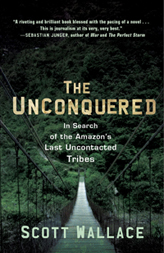

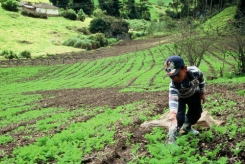
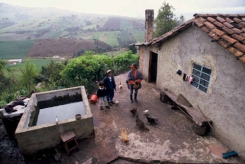
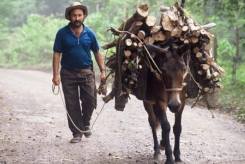
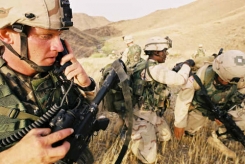

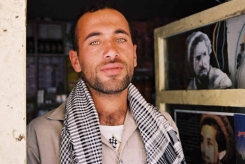

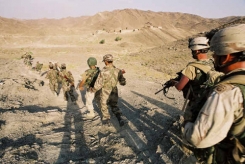
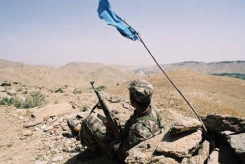

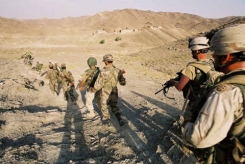

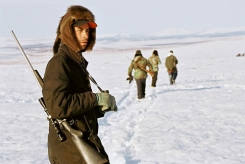
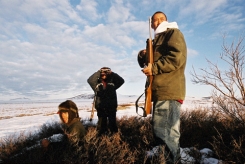
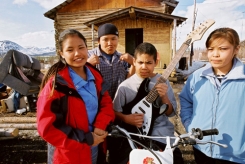
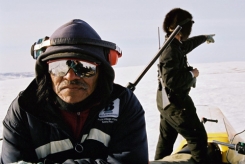
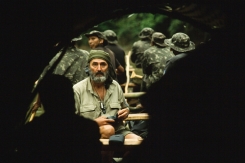
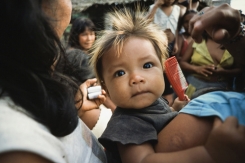
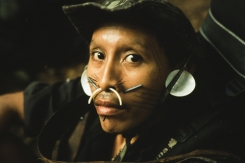
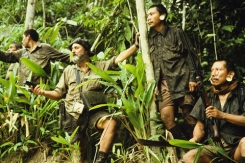
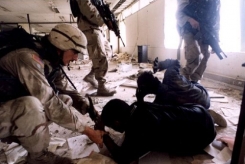
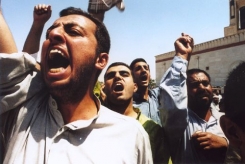
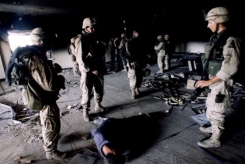
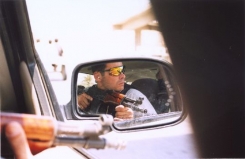
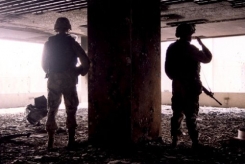
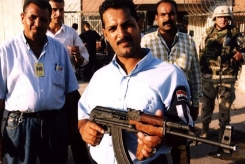


Do you care if I reference part of this upon my website if I publish a mention of the this website?
Go ahead, as long as it’s for a good purpose and not to promote some product. Thanks, SW
Scott, Hi University of the Ozarks, What happened with the Ministry of Culture? Did they fail or follow thru with the Carlos Vilcapoma promise to protect and have no intrest in revising borders. Has Peru taken any steps against re: illegal logging.?
Yes, Peru is now taking an active interest in protecting the uncontacted groups. It’s a new government since Vilcapoma, and the attitude has improved. Many encouraging signs. Thanks!